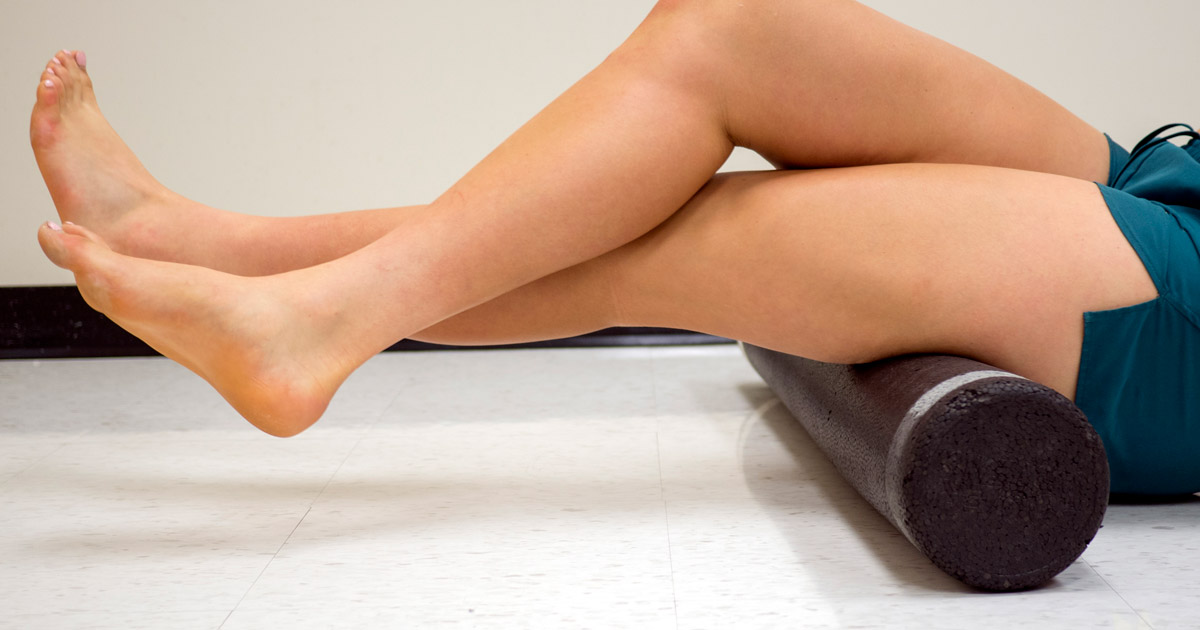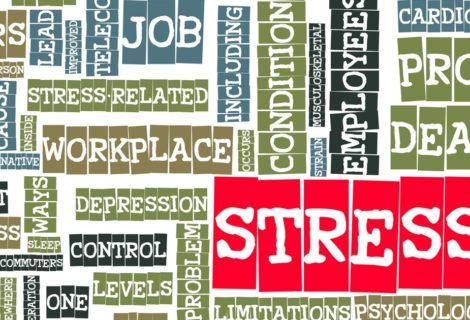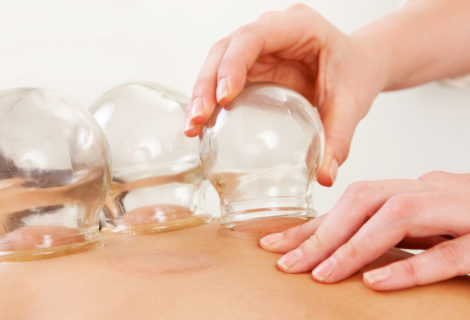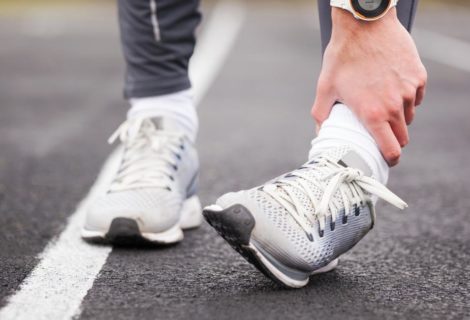Foam rolling: how can it help with stretching and injury prevention?
How can foam rolling help me?
The foam roller is a self-myofascial tool which helps to release tight muscles and decrease tension in connective tissue known as fascia. This is a great way for you to improve flexibility and decrease soreness all over the body after exercise.
But how does it work?
Specifically it does the following:
- Increases hydration to connective tissues
- Decreases fascial adhesions and restrictions (ultimately breaking down scar tissue)
- Increases blood flow to the area. This aids in the healing of muscles and connective tissues, because blood brings hydration and nutrients to the area. Muscles use these nutrients to mend themselves after being used.
This significantly improves the range of motion of the joints and muscle flexibly, as this breaking down of soft tissues adhesions allows the muscle to elongate, therefore allowing the joints to reach the maximum range of motion.
Research suggest that using your foam roller three times per week is enough to increase the flexibility and reduced tension in these soft tissues
Other suggested benefits of foam rolling is reduced appearance of cellulite. There is a layer of fat and fascia between our skin and muscle, and when the facia gets “tight” it can cause the appearance of cellulite. Foam rolling will help to break up and loosening the fascia, ultimately reducing the appearance of cellulite.
Consequently foam rolling is the prefect way to cool down after the gym, jog or weekend sports. It enhances recovery from these activities and minimises sport related injuries.
However it’s not just for the sporting types! This is a brilliant way to help with all kinds of pains and muscle soreness and helps with all types of musculoskeletal conditions.
References: Junker, D. and Stöggl, T. (2015). The Foam Roll as a Tool to Improve Hamstring Flexibility. Journal of Strength and Conditioning Research, 29(12), pp.3480-3485.











